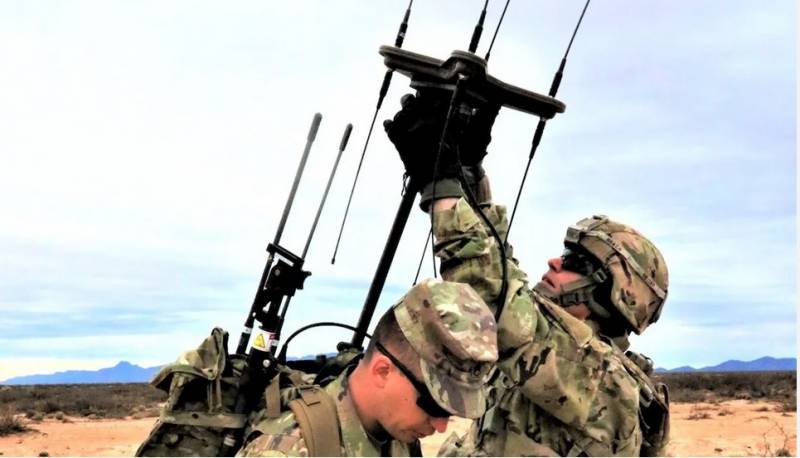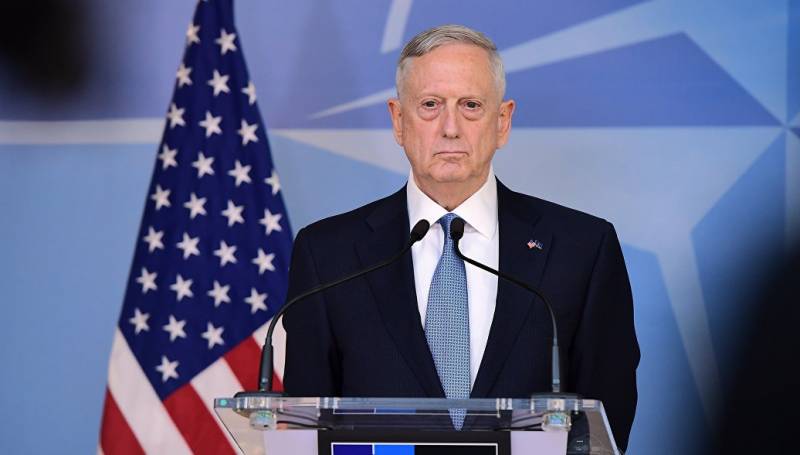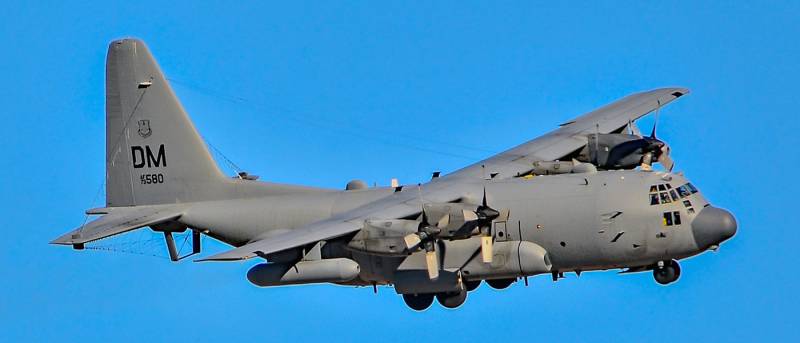Electronic warfare as a headache for the Pentagon
Everyone understands this. And we, and overseas. Moreover, the use of Russian EW complexes in the Donbass and in Syria has given food for thought in full. And since not only the sawflies of the budgets, but quite sane generals, are sitting in the Pentagon, they too are thinking about tomorrow's day.
Fortunately, the United States is a very peculiar country in terms of information. If there is something classified - it means classified. But if there is no neck, then here you are, dear taxpayers, comments and statements by people with stars on shoulder straps under the stars and stripes.
In the American media, a number of materials were immediately thrown out on the subject of electronic warfare. So they call it.
It is clear that the successful use of our complexes in Syria prompted such actions by the US military. Apparently, the electronic intelligence of the US Armed Forces, which was unambiguously present in the SAR, was able to provide detailed data that somewhat upset the command.
Especially jamming of GSM and GPS systems.
So it is not surprising that the US Department of Defense decided to create a working group to “restore US dominance in the electromagnetic spectrum.”
The head of the group, according to Al Monitor, is General Paul Selva, deputy chairman of the Joint Chiefs of Staff.
The general and his comrades will have to work out a strategy to get out not so much of the crisis, but ... rather, of some thoughtfulness into which the American experts fell after they really came under the blow of the Russian “jammers”.
So this strategy, as well as the roadmap for the development of systems for countering electronic warfare, is all within the framework of "our response to the Russians." Quite so.
And just recently story got a sequel. US Deputy Secretary of Defense James Feist “suddenly” appealed to engineers and designers. It seems that the reason was normal, that is, the celebration of the day of the industrial worker, if in our opinion, but Feist was talking about business is not at all festive.
James Feist, by the way, is the deputy secretary of defense for defense engineering research and projects. And, by the way, himself a former EW-Air Force officer.
So, Feist at a meeting with designers and developers made it clear that he considers the US lag in the EW business to be accomplished, but by no means fatal.
Moreover, the deputy minister believes that this is a positive thing. Because it is the US lagging behind Russia in the development of electronic warfare that is what should stimulate new works and new successes.
In short, “catch up and overtake”.
And the defense industry of the United States must prepare for urgent and necessary actions to catch up.
Syrian lesson was not in vain.
Yes, today, according to the statements of many army specialists, Russia (in opinion from across the ocean) is demonstrating its EW potential for nothing. And with some hint, or something.
And the message to the US Department of Defense was adopted and understood, it is from here that all the aspirations to “catch up and overtake”. Experts (and they are in the United States, I repeat, there are) believe that bridging the gap between the Russian Armed Forces and the US Armed Forces precisely in terms of electronic warfare is one of the main priorities of today and tomorrow.
That, in general, is reasonable and fair.
Since the US military communications operators were in fact only heard about what the Russian EW complexes are, and the data on the use of EW in the Crimea and the Donbas were still more in terms of rumors.
But Syria began ... Which Americans today call the most difficult region precisely in matters of electronic warfare.
But when the EU-130Н, which Kompass Call got, was hit by the distribution, it hit it quite well, everyone here thought about it. And there it was completely clear that the EU-130 was not the object of influence, it really happened to be not where it was necessary.
And when the plane, which itself must suppress anyone, there is quite a decent complex “Rivet Fire”, worthy of respect, and suddenly it turns out to be in an unpleasant situation when you understand what you have worked for, but you can’t do anything ...
Unpleasant
But what do you want from the most aggressive in terms of the EW environment on the planet? Where are the Russians sticking out? And this is not me, this is the head of the US Special Operations Command, General Raymond Thomas, said. Just a quote, nothing more.
But in fact, that is how the ascent begins. Up. First we develop new complexes that can withstand the Russian systems, then we run these complexes in the same Syria, we experience ... We get from the Russians, who invented a new damn thing during this time, and so on.
But there is a goal and a path with a reference to the Polar Star. Although, by and large, all this is a race in a circle, nothing more.
But it is necessary to react. For any superiority of Russia in armaments is a potential threat. A superiority in the EW - doubly.
By the way, there is another region where it is still calm, but the prospect is the place to be. This is the Arctic. There, too, it may not be entirely calm, because in this zone there are very many interests.
Just a couple of months ago, the Norwegians shouted that they had 147% evidence that we had jammed GPS signals during the Trident Juncture exercise, NATO’s biggest war games since the end of the Cold War, conducted around Northern Europe and the Arctic in the end of 2018 of the year.
Well, in general, fairy tales are the maximum for which they worked there with “Murmansk” - this is via radio communication. But we are not fools, they understand that civilians can get under the distribution.
In general, the United States understands that the lag is not very good. And what should really catch up and overtake. The only question is that this is not always possible. A lot of problems. But the US military understands this, which sets them up for combat. It remains for us to wish them good luck in carrying out such a difficult task.
Source.




Information